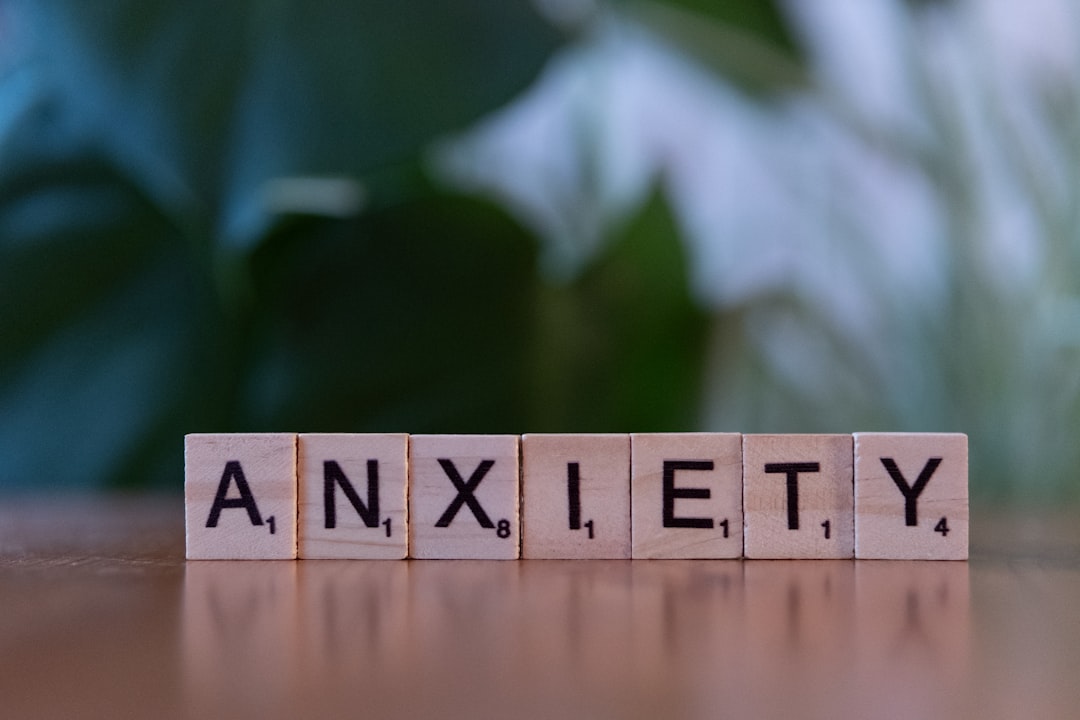Physical Address
304 North Cardinal St.
Dorchester Center, MA 02124
Physical Address
304 North Cardinal St.
Dorchester Center, MA 02124

Let’s face it: the unspoken anxiety of being constantly connected is real. We’re living in a world where our digital presence is just as important as our real-life one. As Gen Z women, we’re expected to be always on, always ready to respond, and always available. But what’s the cost of this constant connectivity? In this article, we’ll explore the unspoken anxiety of constantly being on in a digital world and what we can do to manage it.
The unspoken anxiety of constantly being on refers to the feeling of being constantly connected and available, without any downtime or breaks. It’s the pressure to be always responsive, always productive, and always present online. This can lead to feelings of burnout, exhaustion, and anxiety. For example, have you ever felt like you can’t turn off your phone or laptop, even when you’re on vacation or out with friends? That’s the unspoken anxiety of constantly being on.
So, what causes this unspoken anxiety? One major factor is social media. We’re constantly comparing our lives to others’ curated highlight reels, and it can be overwhelming. We feel like we need to keep up with the latest trends, respond to every comment and message, and maintain a perfect online persona. It’s exhausting. Another factor is the pressure to be constantly productive. We’re expected to be always working, always hustling, and always achieving. But what about downtime? What about rest? Check out our article on self-care routines for some tips on prioritizing rest and relaxation.
The effects of this of constantly being on can be severe. It can lead to burnout, depression, and anxiety. It can also affect our relationships, our work, and our overall well-being. For example, have you ever felt like you’re constantly checking your phone, even when you’re with friends or family? That’s this of constantly being on. It’s like we’re addicted to the constant stream of notifications, likes, and comments. But it’s time to take a step back and reassess our priorities. As Refinery29 suggests, taking a digital detox can be a great way to reset and recharge.
So, how can we manage this of constantly being on? One tip is to set boundaries. Turn off your phone or laptop at certain times of the day, or take a break from social media. Prioritize self-care and rest. Take time for yourself, whether that’s reading a book, taking a walk, or practicing yoga. Check out our article on mindfulness exercises for some tips on staying present and focused. Another tip is to reevaluate your priorities. What’s truly important to you? Is it your online presence, or is it your real-life relationships and experiences?
Now that we have covered the basics, here are some extra insights that will help you master this. These are the details that make the biggest difference.
Focus on quality over quantity. Start with a few key pieces and build from there. This saves money and keeps your approach intentional.
Dial in the details. Small adjustments can transform results with this. Iterate based on what you learn.
Be patient with yourself. Nobody becomes an expert overnight. Experiment, make mistakes, refine. That is how your style becomes yours.
In conclusion, this of constantly being on in a digital world is a real and pressing issue. It’s time for us to take a step back, reassess our priorities, and prioritize our well-being. By setting boundaries, prioritizing self-care, and reevaluating our priorities, we can manage this and live a more balanced, happy life. Remember, it’s okay to take a break from the digital world and focus on what truly matters.